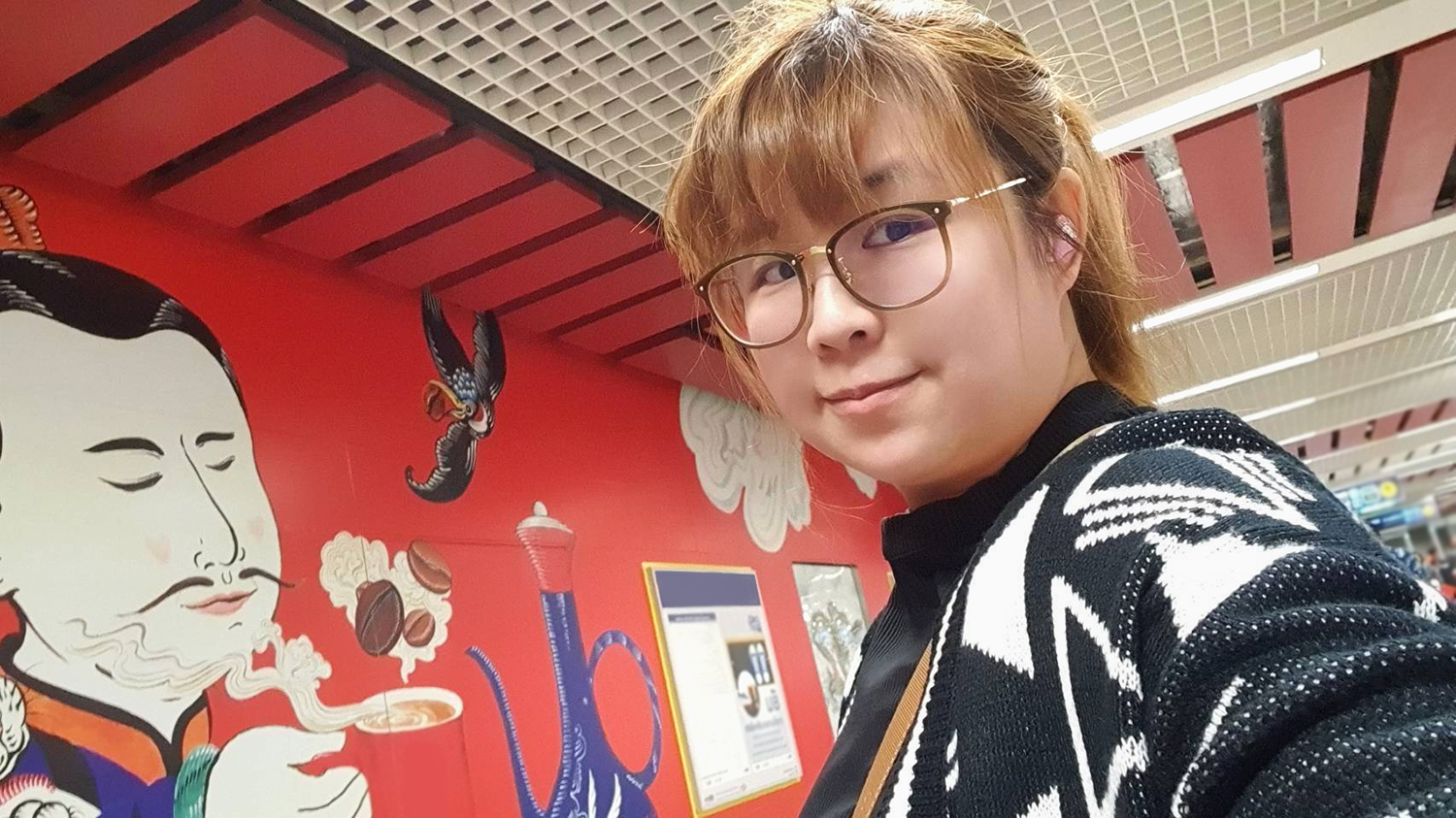
by Michele Kirichanskaya | Dec 27, 2024 | Blog
Mimo is an illustration artist based in Bangkok, Thailand. After obtaining a B.Ed. in Art Education from Chulalongkorn University, she began working for her family business. Yet, painting remains the individual’s true calling, and she has been exploring...
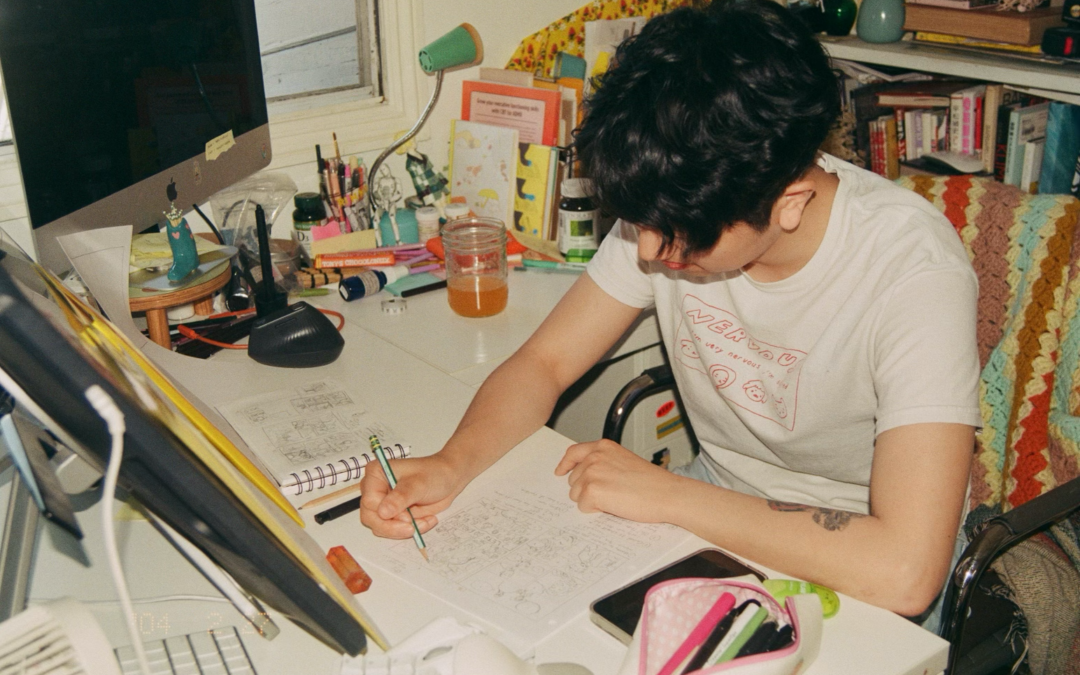
by Michele Kirichanskaya | Dec 22, 2024 | Blog
Cynthia Yuan Cheng (they/them) is a cartoonist based in central New Jersey. They love creating stories centered on romance, masculinity, and everyday life. Their hobbies include making their friends laugh and hunting for the best desserts in town. I had the...
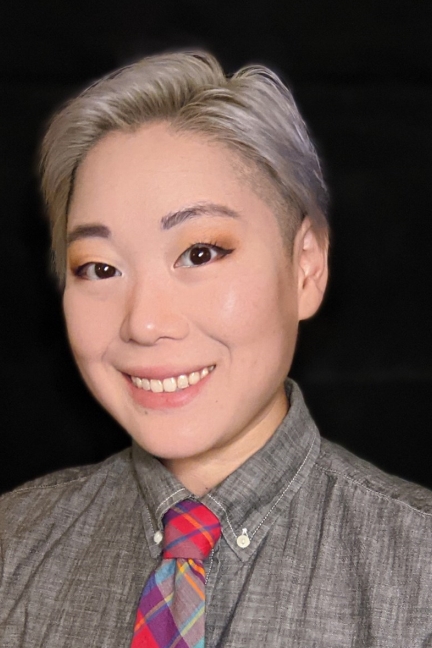
by Michele Kirichanskaya | Dec 6, 2024 | Blog
Sarah Myer is an Eisner-nominated comic artist, writer, and colorist whose work has been published by Macmillan/First Second Books, IDW Publishing, Dynamite Comics, VIZ Media,Good Trouble Comics, and Little Red Bird Press. Throughout their career, they’ve...
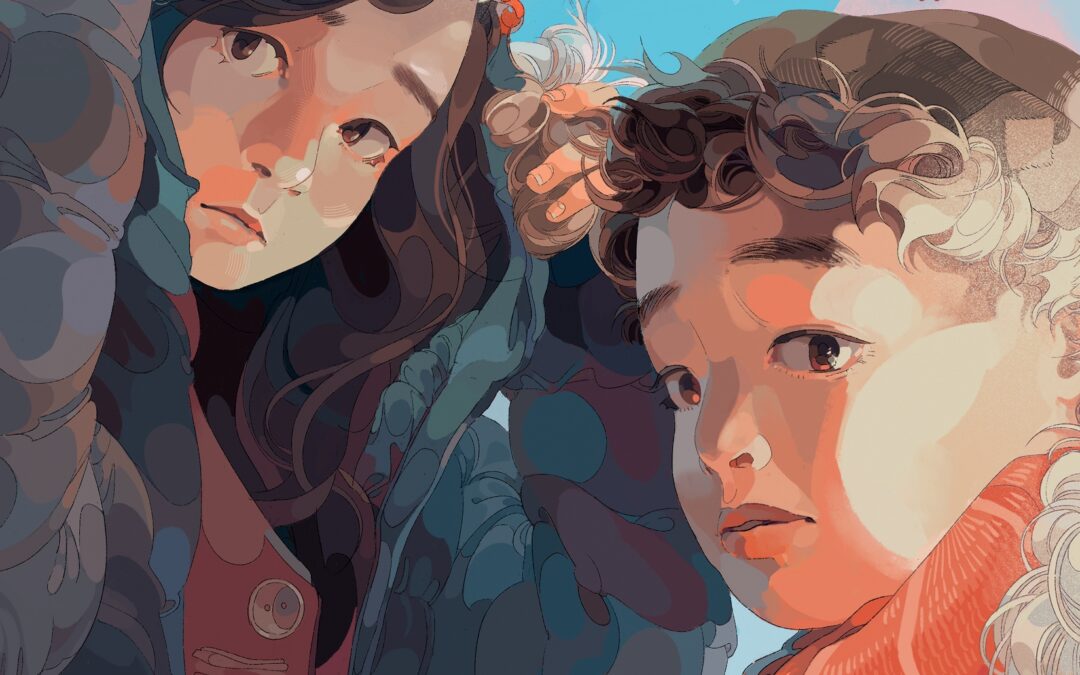
by Michele Kirichanskaya | Nov 27, 2024 | Blog
ABOUT THE AUTHOR Tina Cho is the author of Rice from Heaven: The Secret Mission to Feed North Koreans, Korean Celebrations: Festivals, Holidays and Traditions, My Breakfast with Jesus: Worshipping God Around the World, The Ocean Calls: A Haenyeo Mermaid Story,...
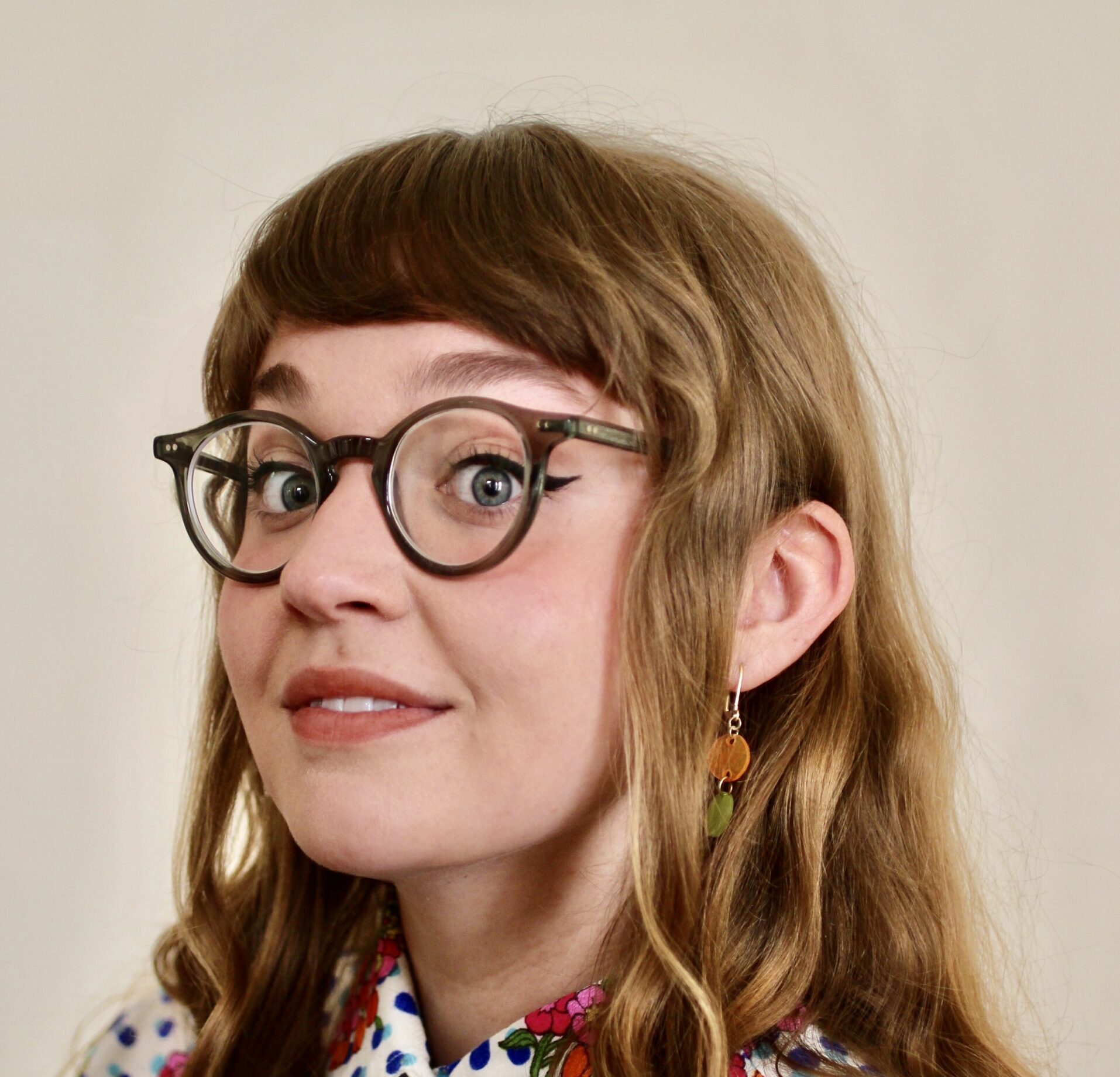
by Michele Kirichanskaya | Nov 21, 2024 | Blog
Sarah Mai is an illustrator and writer based in Minneapolis, Minnesota. She has a degree in English Literature from the University of Minnesota, Twin Cities where she developed a passion for graphic novels. She is the illustrator of The Cool Code and The Cool Code 2.0...






